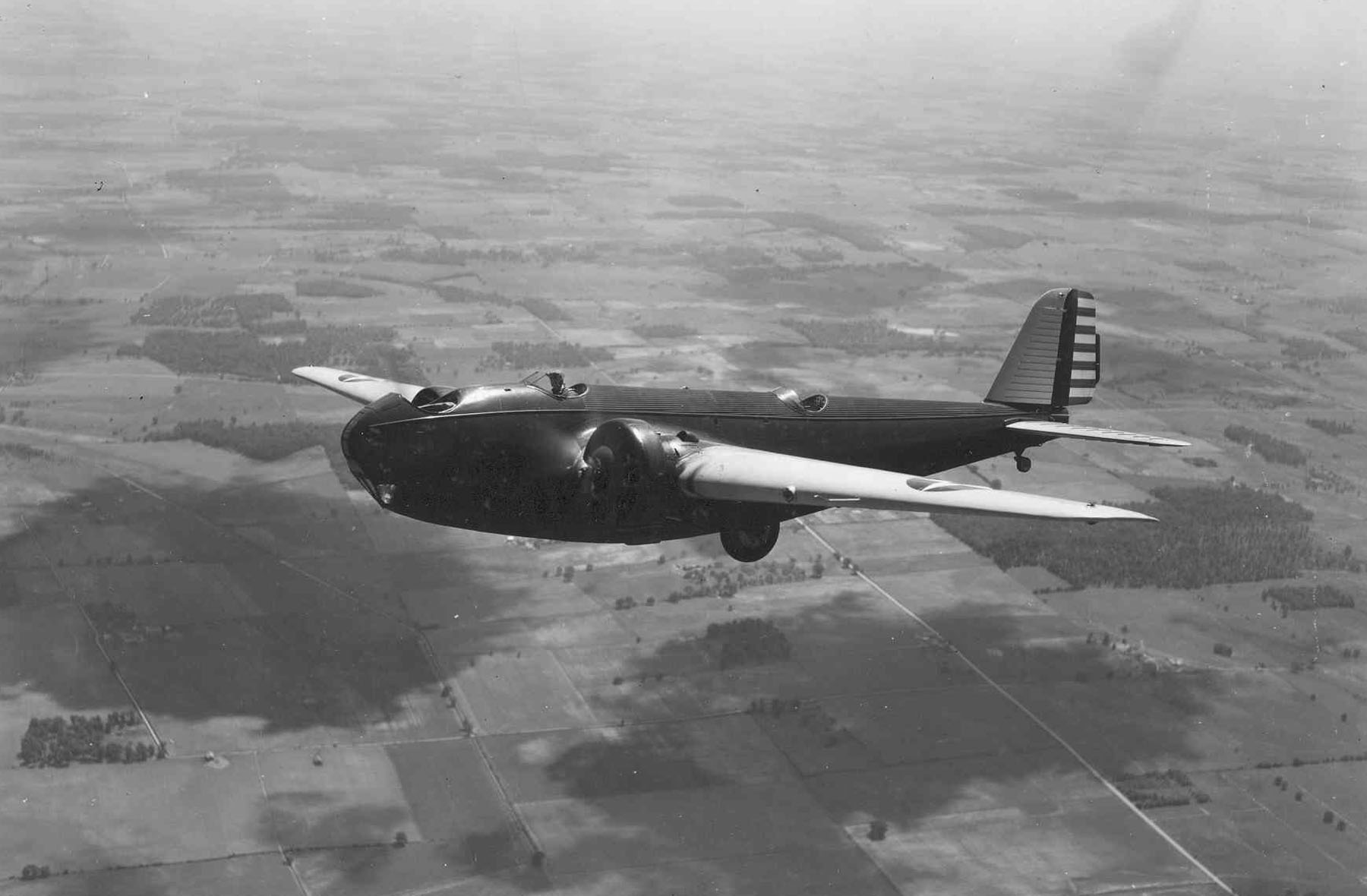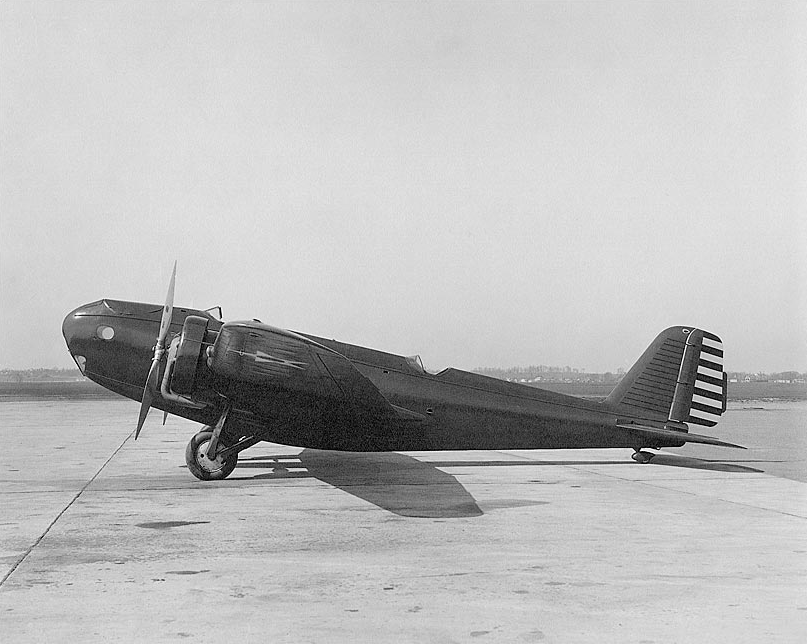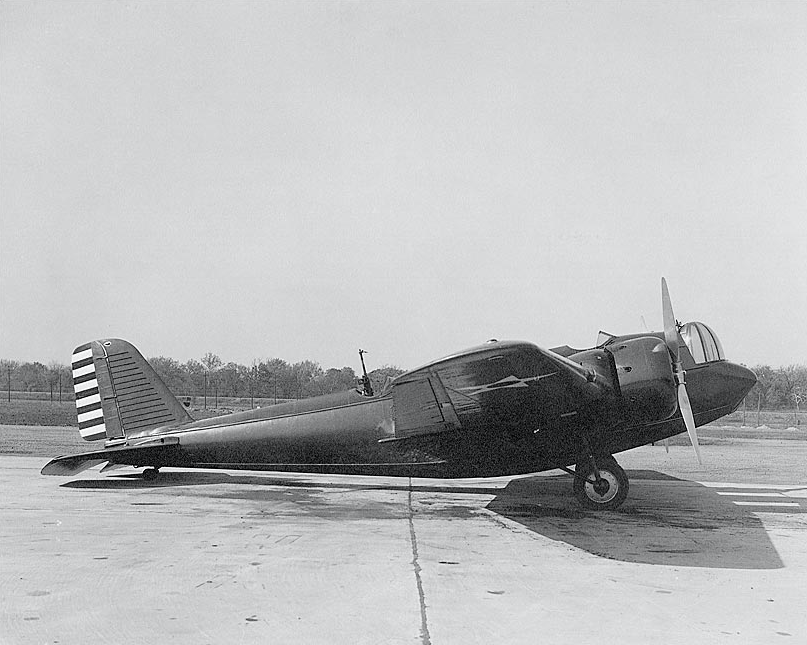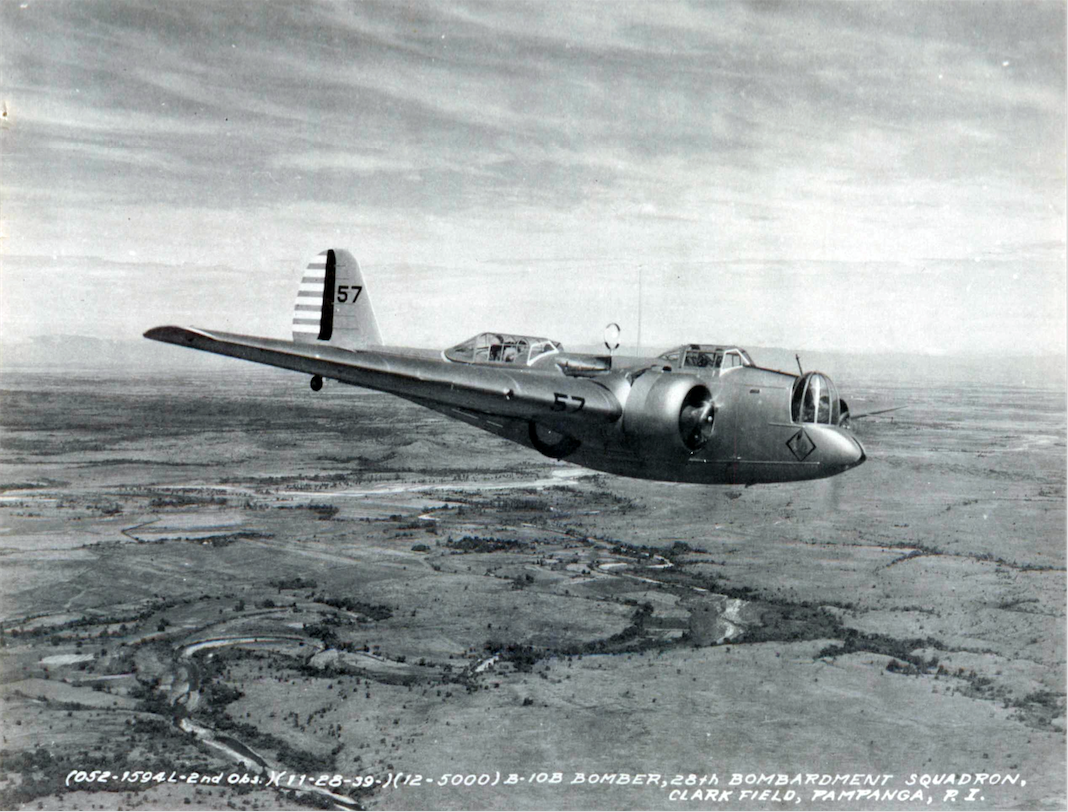

The Model 123 was a private venture, designed and built at a cost of more than $200,000.
On 26 February 1932, the Model 123 was flown from the Martin plant in Middle River, Maryland, to the Aberdeen Proving Grounds by a U.S. Army Air Corps crew.
The XB-907 was powered by two air-cooled, supercharged 1,823.129-cubic-inch-displacement (29.875 liter) Wright Cyclone SR-1820-E nine-cylinder radial engines, rated at 600 horsepower, each. The engines were covered by Townend rings to reduce drag and improve cooling.

The prototype was tested at Wright Field. The airplane reached a maximum speed of 197 miles per hour (317 kilometers per hour) at 6,000 feet (1,829 meters). Recommendations for modifications were made, and Martin upgraded the prototype to the XB-907A configuration (Martin Model 139), which was then designated XB-10 by the Air Corps, with the serial number 33-139.

Martin increased the XB-907A’s wingspan from 62 feet, 2 inches (18.948 meters) to 70 feet, 7 inches (21.514 meters). The engines were upgraded to Wright R-1820-19s, rated at 675 horsepower. Full NACA cowlings were installed.
The Army then ordered 48 production airplanes.
The XB-907 would be developed into the Martin B-10 bomber.

© 2019, Bryan R. Swopes
By 11-25-1940 (about eight years) – Martin flew their Marauder prototype. Great change in little time.
Thank you. I have made the correction. I am most happy that you were rescued! During the ’80s the company I was working for was based at Oxnard Airport (KOXR), literally on the west coast of Southern California. We were the authorized west coast service center for MBB. We operated two Bo-105 Cs for flying Federal government inspectors to the 20+ offshore oil drilling and production platforms on California’s continental shelf. In 1987, we received several Bo-105 Cs from the Philippines in large wooden crates—constructed of the most beautiful mahogany. They had been the personal aircraft of President Ferdinand Marcos and his wife Imelda. We reassembled and test flew them. One was sold on site, and another transshipped to Norway, but I spent three days flying the third one (N205BB) to MBB’s U.S. headquarters at West Chester, Pennsylvania (PS30). A very enjoyable flight. The Bölkow was so much faster that the Bell 206s that I usually flew that I kept getting ahead of what I thought was my actual position on the aeronautical chart! Combined with the fact that the radios had been removed and I had to use a small hand-held radio, the flight was not trouble free. I had difficulty keeping the r.p.m. of the two engines synchronized, and when I stopped to refuel and Kingman Arizona (KIGM) one engine dropped to idle as I came to a hover. There were other problems, but by the time we reached West Chester, my mechanic had everything on the helicopter working perfectly. When we stopped overnight at Albuquerque, New Mexico, I got the absolute best ramp service I ever received in my flying career. The drove my mechanic and I to a very nice hotel in the city where we received a substantial price discount. They fueled and washed the helicopter. In the morning when I checked out, they mistakenly gave me the fuel bill for a Cessna 152! I didn’t realize the error until that night when I was doing my expenses report. (We fixed it, later.) The next day, I stopped for fuel at Bartlesville, Oklahoma (KBVO). The flight from New Mexico, through Texas and Oklahoma was the worst low-level turbulence I have ever experienced. The ramp attendant who fueled the Bölkow asked me what it was. He had never seen a helicopter before! That night, we stopped overnight at St. Louis Lambert International Airport (KSTL), where Charles A. Lindbergh had been an air mail pilot. There is where I received the absolute WORST ramp service ever. They still hadn’t refueled the helicopter until almost noon the following day. But we stayed at a wonderful classic hotel in downtown St. Louis. We reached West Chester in the evening twilight. The flight took longer than planned and the fuel warning light came on just as we touched down at PS30. The restaurant we dined in that night also made a mistake on the bill, actually charging $0.00 on my company’s credit card. (I went back and fixed that one, too.) I was supposed to have received factory pilot transition training in the Bo-105 from MBB in exchange for bringing the helicopter to them, but that never happened. Soon after that, our company sold off our Bo-105s and closed the service center (there simply wasn’t enough business—but it did give us good pricing for parts needed by our own helicopters), but not before I was able to take an orientation flight of the new KB-117 while flying in the Chugach Mountains of Alaska. Impressive helicopter. . . Red Bull demonstration pilot Chuck Aaron lives near me (though I do not know him personally) and his helicopter is kept at a nearby airport. . . I always appreciate your comments, Hartmut. Thank you very much.